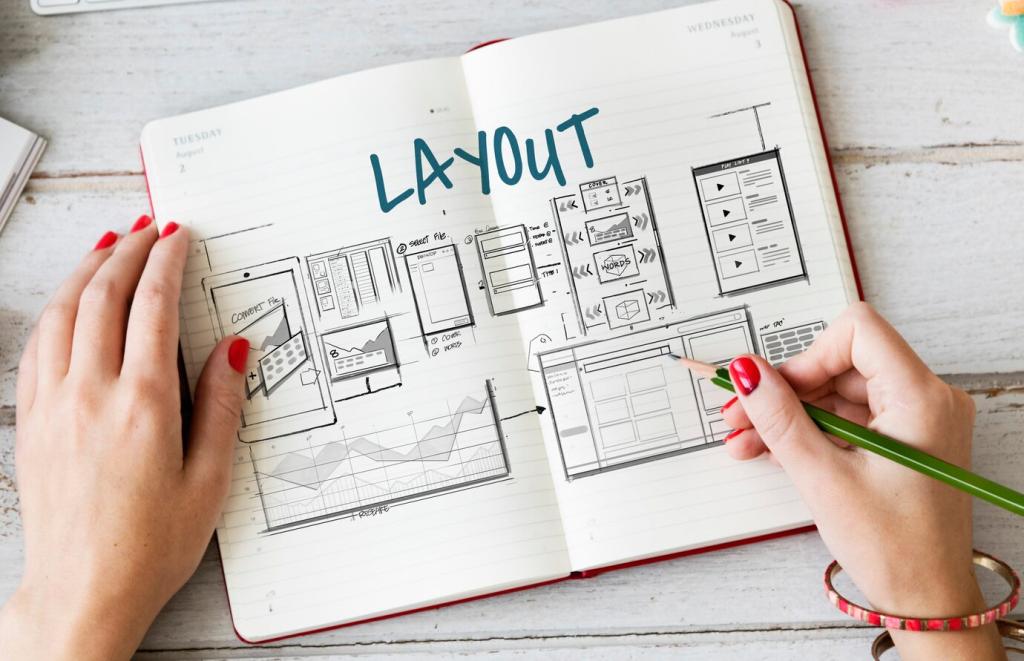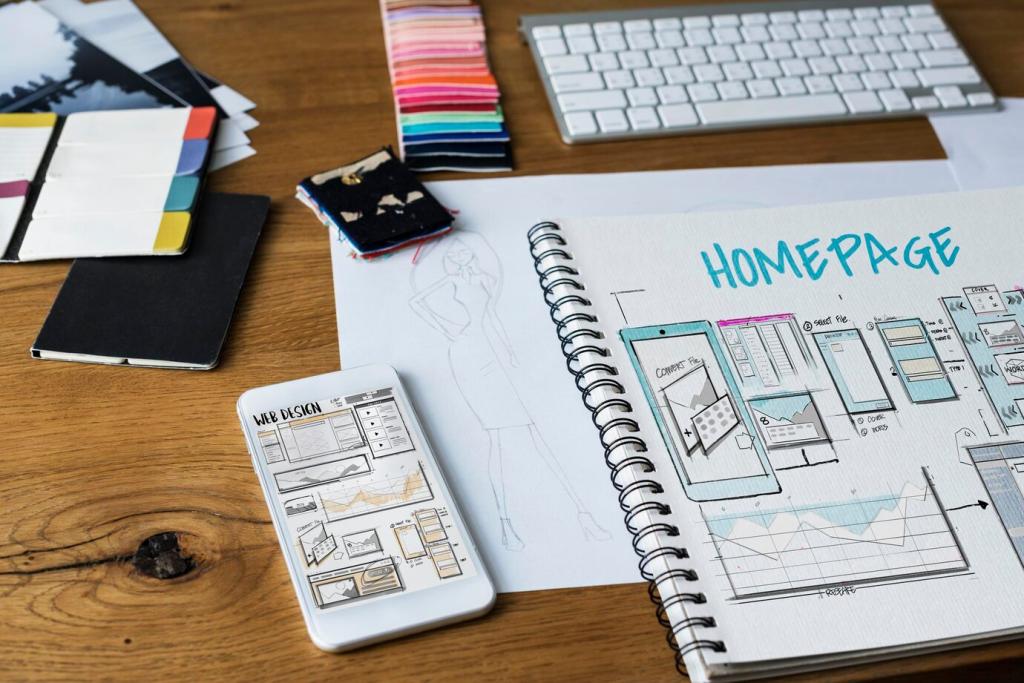Key Elements of a User-Friendly Mobile Design
Chosen theme: Key Elements of a User-Friendly Mobile Design. Welcome to a hands-on, human take on crafting mobile experiences that feel intuitive, inclusive, and genuinely helpful from the first tap.




Readability and Typography That Respect Small Screens
Typographic scales that breathe
Adopt a type scale with sensible steps, generous line height, and ample spacing between elements. Avoid cramming. Design for dynamic type and support system font size changes so content remains comfortable without breaking layout.
Color, contrast, and comfortable spacing
Use contrast ratios that meet accessibility guidelines and remain readable outdoors. Pair color with weight and size, not as the only signal. Add whitespace to guide the eye, creating calm rhythms that reduce cognitive strain.
Plain-language microcopy
Write like a helpful person, not a manual. Replace jargon with verbs users already understand. Tooltips, labels, and hints should answer one question at a time. Invite readers to comment with their favorite microcopy examples.
Accessible Touch Targets and One-Handed Comfort
Hit areas and spacing that forgive imprecision
Follow platform guidance for minimum target sizes and add comfortable padding around actionable elements. Dense clusters invite accidental taps. When in doubt, prioritize tap accuracy over cramming more controls on screen.
Gesture discoverability with visible clues
Gestures feel magical only after users learn them. Provide gentle, contextual hints and redundant controls. A swipe indicator, a subtle nudge animation, or a small affordance can transform hidden power into accessible capability.
Reachability and one-handed zones
Map key actions to the lower portion of the screen where thumbs naturally rest. Consider adjustable toolbars and configurable layouts. Ask your audience: do you regularly use your phone one-handed, and where do you struggle?
Speed, Performance, and Offline Resilience
Use lightweight placeholders and progressive rendering to show immediate progress. Prioritize above-the-fold content and defer heavy work. Clear feedback turns waiting into understanding, making the experience feel responsive even under load.
Cache essential data, queue actions for later, and clearly indicate sync status. Avoid silent failures. Offer retry options that preserve input. Share your own offline horror story and what design tweak would have saved the day.
Compress images, choose modern formats, and lazy-load noncritical content. Audit libraries and remove bloat. Performance budgets keep teams honest and focused on user value instead of ornamental weight that slows everything down.
Progressive disclosure and focus
Reveal complexity step by step. Keep the surface area small and give users one clear decision per screen. Details can expand in context, preventing overload while respecting power users who need more control.
Cards, lists, and scannability
Chunk content into tidy groups with consistent patterns for titles, metadata, and actions. Align elements and limit variations. When eyes can skim quickly, decisions feel easier and the experience feels calmer and more professional.
Edge cases and device diversity
Test long names, empty states, extreme counts, and rotated screens. Design for tall, small, and notched displays. A single overlooked edge case can break trust; invite readers to share their strangest layout bug stories.

Instant, meaningful feedback
Use visual cues, subtle haptics, and sound sparingly to acknowledge user actions. Confirm success, indicate progress, and explain delays. Clarity beats spectacle, but a tiny flourish can create memorable moments when used with restraint.
Helpful empty and error states
Turn blank screens into bridges. Explain what belongs there, show examples, and provide action buttons that move users forward. For errors, speak plainly, preserve user input, and suggest realistic next steps rather than scolding.
Loading, transitions, and time well used
Transitions should orient, not distract. Keep motion subtle and purposeful, connecting states while preserving context. If users must wait, offer control or useful content. Ask readers how they balance motion and speed in their own apps.


Trust, Privacy, and Permission UX Done Right
Request access only when users see the benefit. Pair the system prompt with a short, friendly explainer that shows immediate value. Deferrals and alternatives respect choice and often improve opt-in rates over time.
Trust, Privacy, and Permission UX Done Right
Explain what you collect, why it matters, and how to change preferences later. Provide clear settings with understandable toggles. A trustworthy tone turns policy walls into digestible guidance that users will actually read.
Join our mailing list
